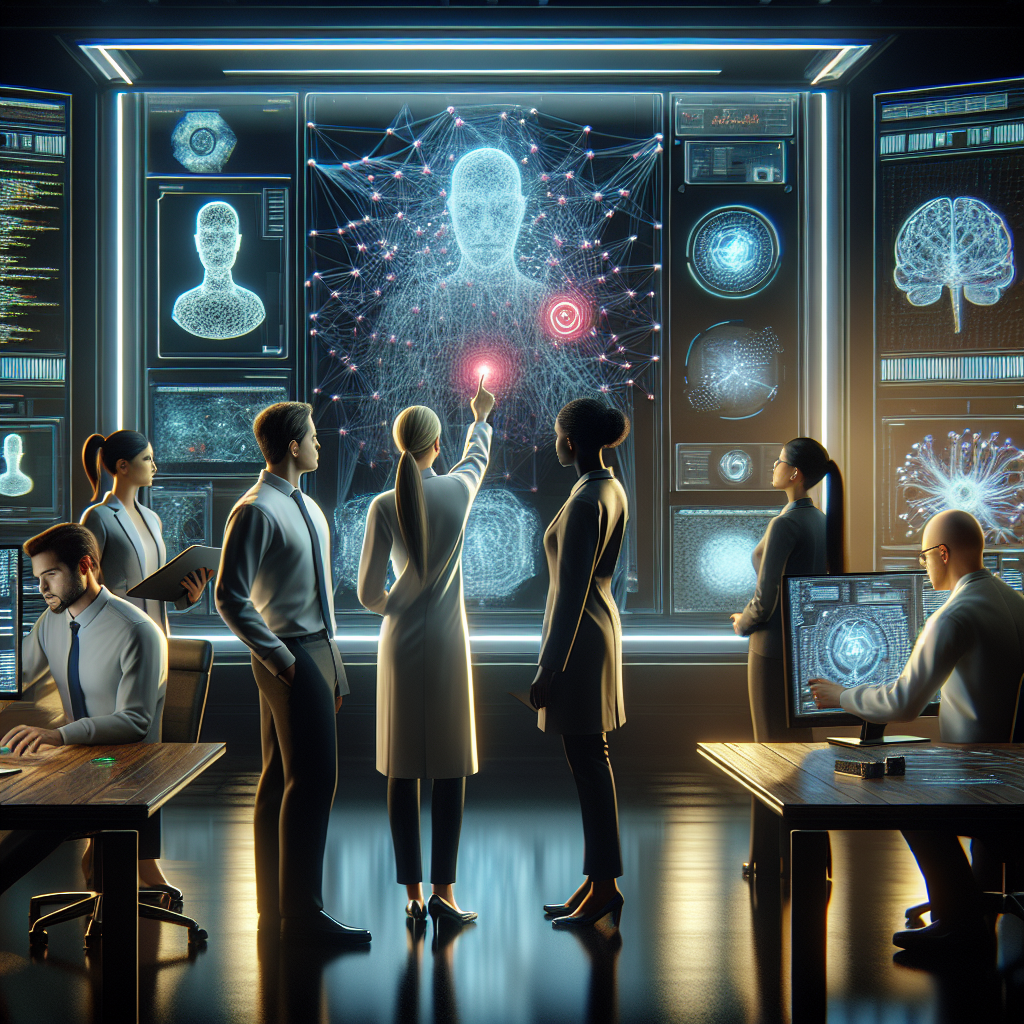Researchers Propose a Better Way to Report Dangerous AI Flaws
As artificial intelligence (AI) technology continues to evolve and proliferate, the potential for dangerous flaws within these systems rises correspondingly. In light of recent developments, researchers have spearheaded an initiative aimed at improving the way in which these vulnerabilities are reported. Effective communication about AI flaws is crucial not only to safeguard users but also to ensure the advancement of safe and reliable AI systems.
The Need for Improved Reporting Mechanisms
The current landscape of AI reporting is riddled with challenges. Traditional methods often fall short, leading to confusion and delayed responses from developers and stakeholders. In many cases, when flaws are discovered, they are reported through various channels that may not reach the appropriate parties promptly. This can result in prolonged exposure to dangerous vulnerabilities, posing significant risks to users and society at large.
The Consequences of Inadequate Reporting
Inadequate reporting mechanisms can lead to a multitude of consequences, including:
1. Increased Vulnerability to Exploitation: If flaws are not reported and addressed swiftly, malicious actors can exploit these vulnerabilities, leading to data breaches or unauthorized system access.
2. Erosion of Trust: Users who become aware of dangerous flaws may lose trust in the technology, causing them to abandon products or services that utilize AI systems.
3. Stunted Innovation: Developers may hesitate to innovate if they are aware of the potential fallout from reporting flaws. This can impede progress in AI and related fields, slowing down advancements that could benefit society.
Introducing a New Framework for Reporting
Recognizing the pressing need for a more effective approach, researchers have put forward a new framework designed to streamline the reporting process of dangerous AI flaws. The goal of this framework is twofold: to facilitate better communication between researchers, developers, and users, and to ensure that flaws are addressed in a timely manner.
Key Components of the Proposed Framework
The researchers’ proposal includes several key components aimed at enhancing the reporting process:
1. Centralized Reporting System: A unified platform would allow users, developers, and researchers to report vulnerabilities in a consistent manner. This would help reduce the chances of miscommunication and ensure that reports are directed to the right people.
2. Standardized Reporting Procedures: The introduction of standardized procedures for reporting AI flaws would provide a clear and concise method, guiding individuals on how to document and report issues effectively.
3. Transparency and Accountability: The framework emphasizes the importance of transparency in how flaws are reported and addressed. Developers would be held accountable for responding to reports, thereby fostering trust among users.
4. Incorporation of AI Ethics: As AI continues to raise ethical concerns, the proposed framework includes guidelines that encourage ethical considerations when reporting vulnerabilities. This would involve a thorough examination of the potential implications of an AI flaw on individuals and society.
Benefits of the New Reporting Framework
The introduction of this new framework offers numerous benefits, not only for users and developers but for the entire AI ecosystem:
1. Enhanced Safety: By enabling quicker identification and resolution of dangerous flaws, the proposed system enhances the overall safety of AI applications, reducing risks to end-users.
2. Increased Collaboration: A centralized reporting system encourages collaboration between researchers, developers, and users. This can lead to more comprehensive solutions for identified vulnerabilities.
3. Improved Public Perception: By demonstrating a commitment to responsible AI practices, developers can improve public perception of their products and services, fostering trust and acceptance.
4. Encouraging Innovation: With a clear path for reporting and addressing flaws, developers may be more inclined to innovate, knowing that there are established procedures for handling potential risks.
Challenges Ahead
While the proposed framework offers a promising solution for reporting AI flaws, it is essential to acknowledge the challenges that lie ahead. Some of these challenges include:
1. Adoption Resistance: Stakeholders may be resistant to change, particularly if they are accustomed to existing reporting mechanisms. This can impede the successful implementation of the new framework.
2. Resource Allocation: Developing and maintaining a centralized reporting system may require significant resources, including funding and personnel, which may not be readily available.
3. Legal and Ethical Considerations: As with any new system, navigating the legal and ethical implications of reporting AI flaws will be crucial. Ensuring that users feel safe and protected when reporting vulnerabilities is paramount.
The Road Ahead
As researchers continue to advocate for improved reporting mechanisms, stakeholders across the AI ecosystem must work together to foster an environment that prioritizes safety, transparency, and innovation. The proposed framework represents a significant step forward in addressing the critical issues surrounding dangerous AI flaws.
The conversation surrounding AI safety is ongoing, and as technology continues to advance, so too must our approaches to identifying and reporting vulnerabilities. By embracing new methods and fostering collaboration among stakeholders, we can pave the way for a future where AI is not only powerful but also safe and reliable.
Conclusion
In conclusion, the researchers’ proposal for a new reporting framework offers a strategic solution to the challenges posed by dangerous AI flaws. By centralizing reporting mechanisms, standardizing procedures, and emphasizing transparency and ethics, we can enhance the safety of AI systems and foster trust among users. As we navigate the complexities of AI technology, prioritizing effective communication and collaboration will be essential in building a future that harnesses the full potential of AI while mitigating its risks.



